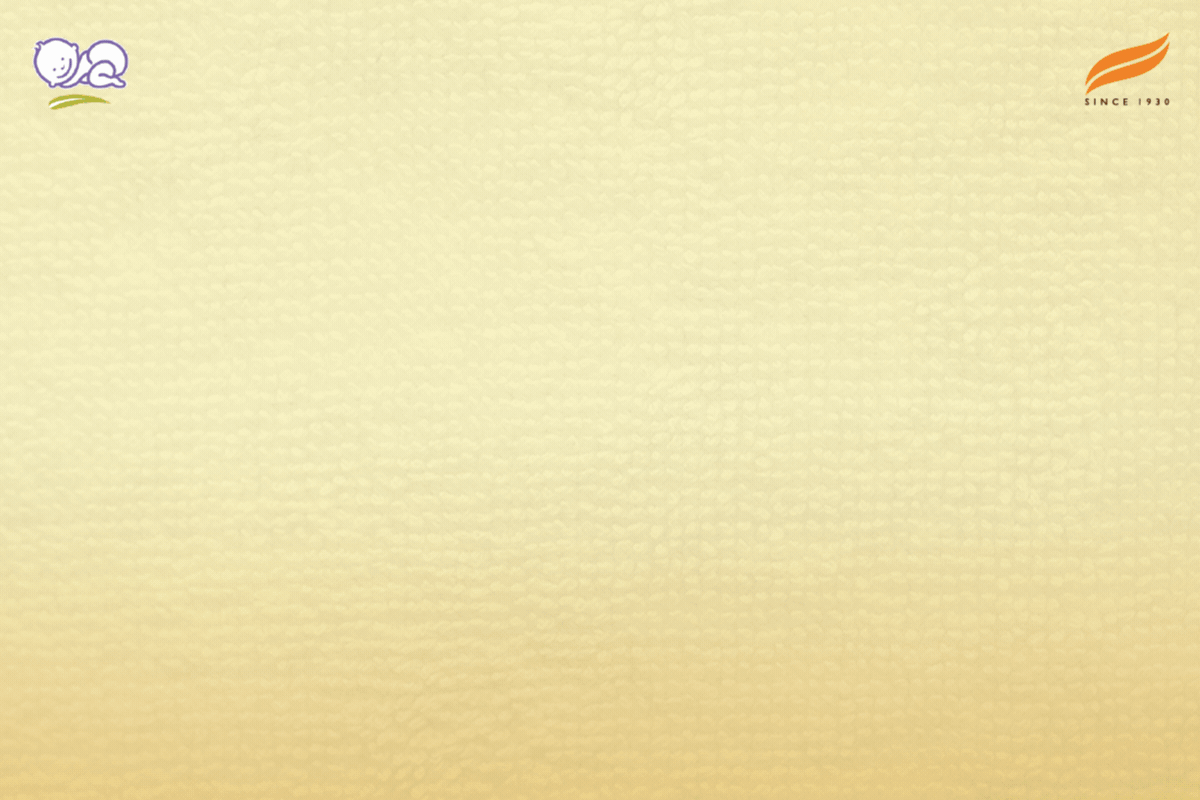
Variations in Pediatric Dermatosis: Global Distribution, Common Conditions, and Influencing Factors
The distribution of pediatric dermatosis varies across different regions globally. In India, infections represent around 50% of skin issues, with dermatitis following at 25%. Among these dermatitis cases, scabies accounts for 10.16%, while bacterial infections constitute 27.29%. Fungal and viral infections make up 4.65% and 3.68%, respectively. Impetigo, primarily caused by Streptococcus pyogenes and Staphylococcus aureus, is the most common bacterial skin condition. It appears as either bullous or non-bullous impetigo and typically affects exposed body areas, starting as blisters that soon burst, leading to characteristic honey-colored crusts.
The current study included children aged 0-18 years visiting the dermatology OPD and examined a sample size of 370 systematically including general, physical, systemic and dermatological examinations and all the details were recorded.
The results demonstrated:
- Infections were most common in the 8-12 year age group (53.26%), followed by ages 2-7 (22.82%) and 13-18 (22.28%). Non-infectious disorders were also prevalent in the 8-12 age group (33.79%).
- Statistically significant associations were found between age and type of dermatosis, hygiene practices, overcrowding, and seasonal variations.
- Infections correlated with poor personal hygiene (67.39%) and overcrowding (63.58%).
- Additionally, a remarkable link was observed between dermatoses and seasons with non‐infectious disorders being more common in winter season 103 (74.63%) and infections being more in summer season 107 (60.11%).
In conclusion, non-infectious disorders are more frequent in the 8-12 age group, with significant associations to hygiene and overcrowding in relation to infectious dermatoses. Seasonal trends indicated that non-infectious disorders are more common in winter, while infections peak in summer.
Source: Hegde SS, Amruthavalli P, Shivananda DR, Meghana BV. A Study on Correlates of Dermatomes in Pediatric Age Group: Descriptive Clinical Study. Res. J. Med. Sci., 2025.19:110‐114.doi: 10.36478/makrjms. 2025.2.110.114








Please login to comment on this article